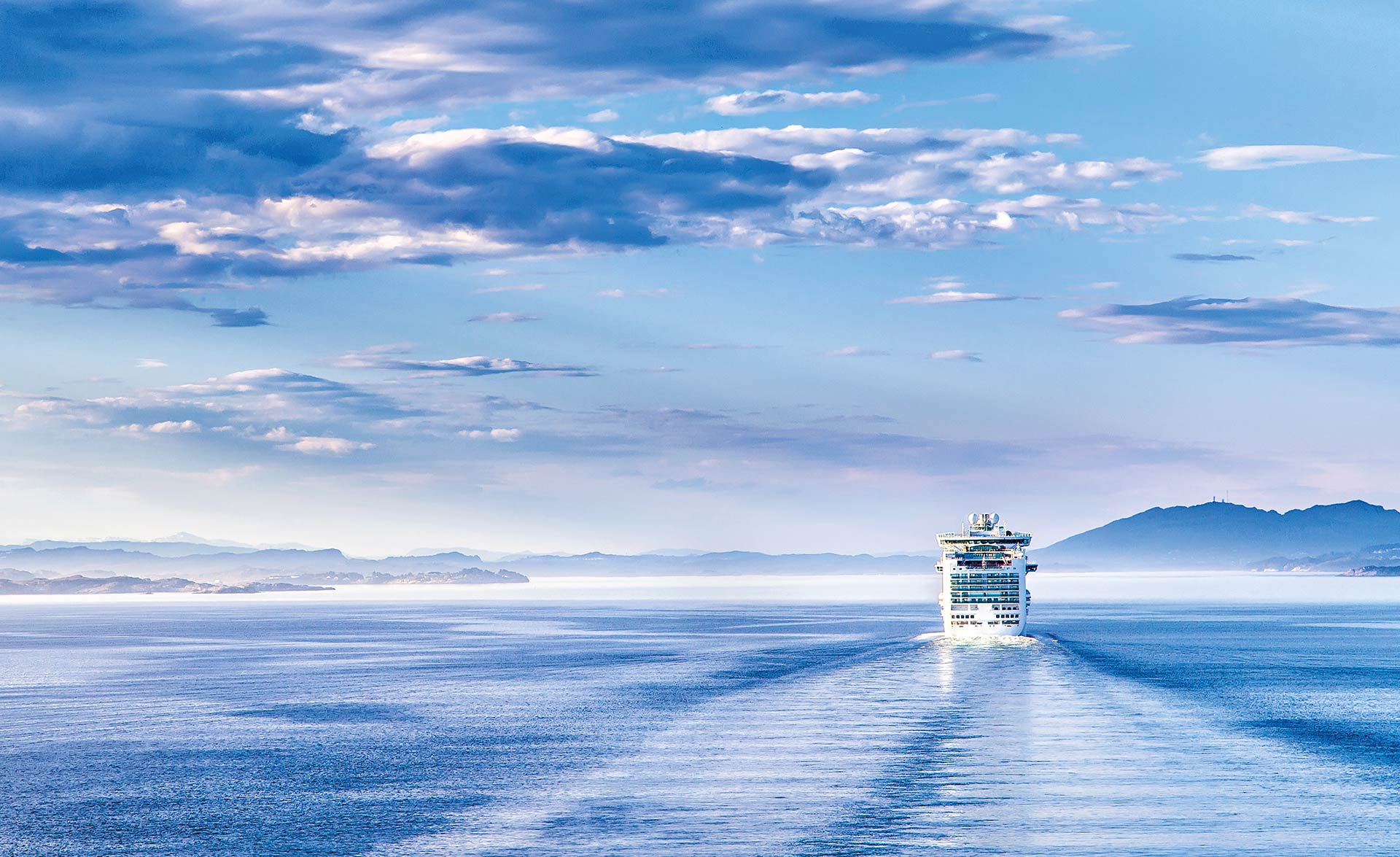Going on a cruise is more popular than ever. By the end of 2022, the number of berths is expected to reach one million, distributed over more than 600 ships. The Asian expedition cruise market is growing as families have started to see cruises as an alternative to traditional travel. But more ships mean more competition. A strong brand image and unambiguous safety reputation are essential for cruise operators. Even if the customers are buying an adventure, they want to stay safe onboard.
Steady increase
On a global basis, the cruise fleet today comprises just over 700,000 berths. With an expected annual growth rate (according to Lloyd’s List Intelligence: Shipbuilding Outlook) of 7.3% in the following five years, the number of berths will reach almost one million in 2022.
The Asian market is skyrocketing. Between 2016 and 2017, the number of cruise passengers increased by 20.5%, breaking through the four-million passenger barrier. Now, the Asian market stands for 15% of the global cruise market, catching up on Europe (26%) and North America (49%). China is the key contributor to growth, making up almost 60% of all Asian passengers.
New audiences and locations
The average age of a global cruise traveller today is 47 years according to CLIA. Cruise operators are now concentrating on building or renovating ships to attract new audiences, such as young couples and families. The expedition market is also expanding, with rainforest cruises along the Amazon river and polar cruises in the Antarctic and Arctic environments.
However, growth is nothing the cruise operators can take for granted. It is something they have to work hard for every day. An important part of that job is securing a high level of safety, as safety is directly connected to the brand image. Adventures sell; accidents don’t.
Latest news
News archive
Patrik Andersson appointed New Chairman of the Board at Consilium Safety Group

Consilium expands into Türkiye’s shipbuilding hub through the acquisition of Ares Marine

Henrik Gjörloff: “Our job is to ensure safety so passengers can enjoy their journey”
Talk safety with us
One example of recent cruise shipbuilding, where safety from Consilium matters, is a project run by Meyer Werft for large cruise operators, including AIDA Cruises and Costa Cruises. We will tell you all about this project in the next newsletter. In the meantime, feel free to get in touch with us on how you can improve fire and gas safety onboard.
